Fall of the Berlin Wall
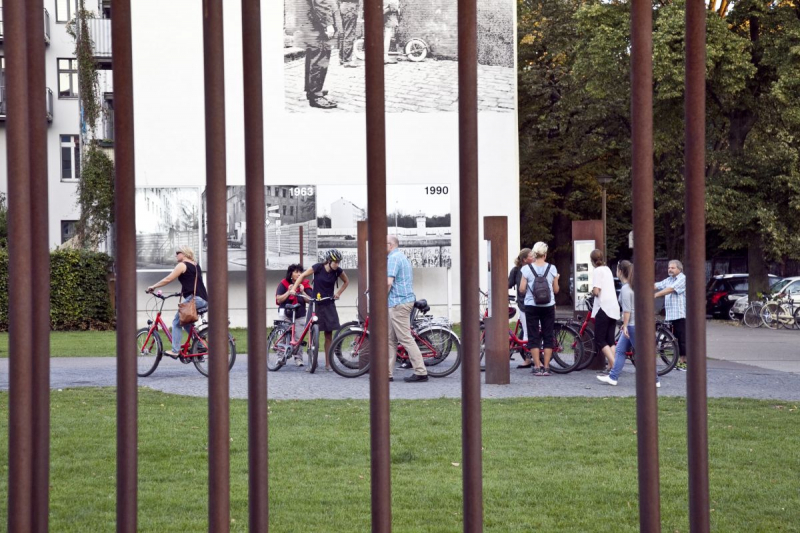
© Stiftung Berliner Mauer
You are now standing on the corner of Bernauer Strasse and Ackerstrasse. This is where the official demolition of the Berlin Wall that had divided the city for 28 years began on June 13, 1990. But a section of the Wall and many relics of the border fortifications were also preserved here on Bernauer Strasse, at the site of the Berlin Wall Memorial. This is thanks to the political engagement of several people, in particular the long-time pastor of the Reconciliation Parish, Manfred Fischer.
Most of the border fortifications in Berlin were systematically dismantled, but the East Berlin city council made the decision to place these parts of the Wall under monument protection on October 2, 1990. In 1994, the federal government held a competition to design a memorial dedicated to the victims of communist tyranny and in commemoration of the city’s division. The memorial, which is located across the street from the Documentation Center, was inaugurated on August 13, 1998.
The interplay of several different factors led to the fall of the Berlin Wall and the opening of the border on November 9, 1989: the ongoing demonstrations and protests against the East German leadership, such as the Monday demonstrations; the many people who wanted to leave the country, the people who fled via East German embassies or through Hungary. But international developments also played a role, such as the changes taking place in Poland, where the independent trade union Solidarność was fighting for democratization and demanded that the communist government participate in the “Round Table” in 1989. Above all, however, it was the reforms introduced in the Soviet Union and Mikhail Gorbachev’s foreign policy rapprochement with the West that made changes in East Germany possible.
The SED did not want to adopt the Soviet Union’s reform course for East Germany. In the end, the dictatorship collapsed in 1989 as a consequence of the broad-based protest of the East German population that had been growing since the late 1980s and the mounting refugee movement. The SED was forced to make concessions, including granting its citizens the right to travel. On the evening of November 9, 1989, the East German government announced new travel regulations. Thousands of East Berliners spontaneously rushed to the border crossings and forced the Wall to be opened. That very night, thousands took advantage of the opportunity to move freely through the western part of the city.
Additional border crossings were soon needed to handle the onslaught of people crossing the border. In November, excavators and other heavy equipment were still being used to shift the position of the Wall at the corner of Eberswalder Strasse and Oderberger Strasse, just 1 km away from here. On the night of November 10, border soldiers used these same vehicles to break a hole in the Wall. This became the first new border crossing.
November 9, 1989 and the days that followed were joyous times. It seemed a great stroke of fortune that this national upheaval and historic change came about peacefully.
But not everyone experienced the weeks and months leading up to German reunification in 1990 and the subsequent period of transformation as a time of peaceful change. Many look back on these years with mixed feelings - even today.
Contemporary witnesses about the fall of the Wall
The interviews can also be seen in the exhibition The Berlin Wall. A World Divided. © Stiftung Berliner Mauer.
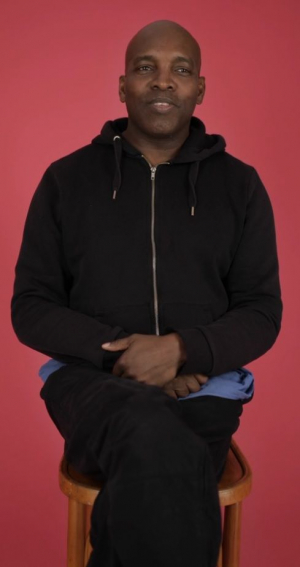
Smiley Baldwin was born in the USA in 1965. He came to West Berlin in 1987 as a member of the US Army's military police. He patrolled the American sector and supervised West Berlin officials. In the 1990s, he began working as a bouncer in the up-and-coming club scene in Berlin Mitte and Prenzlauer Berg.
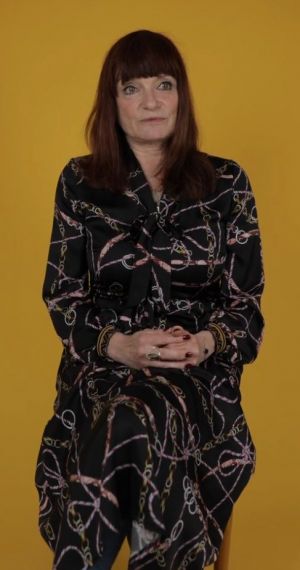
Ines Sonder was born in Chemnitz in the GDR in 1964. She came to East Berlin in 1983 to study. Together with her family, she lived in a student apartment in the border area of East Berlin and later moved into an apartment directly on the border strip of the Wall. By this time, some restrictions had been relaxed, so Ines did not need a special permit to move around.
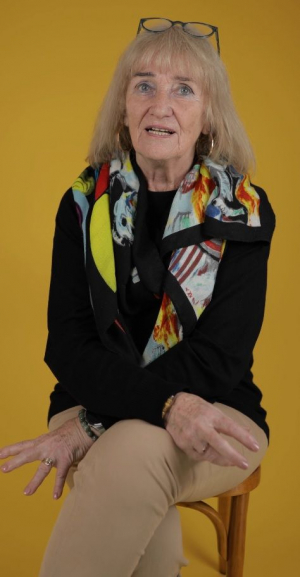
Brigitta Heinrich was born in 1941 in Klein Glienicke, a small village near Potsdam, which became part of the GDR in 1949. She lived there with her family and later worked as a sports teacher. In 1961, the village became an East German enclave within West Berlin, surrounded by the Wall. Even residents needed special permission to enter the area. To escape these everyday difficulties, she moved away in 1980.
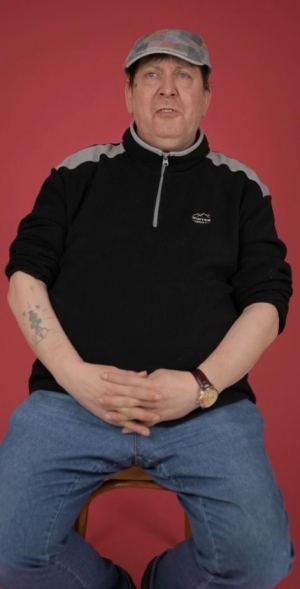
Burghard Suhr was born in 1954 in Gumtow, a small community in eastern Germany. He completed an apprenticeship as a lathe operator in the metal industry. He came to East Berlin in 1973 to work as a policeman in the police hospital in Berlin-Mitte, which was located right next to the Wall. His job was to check arrivals and patrol the border to prevent people from escaping from the hospital to West Berlin.
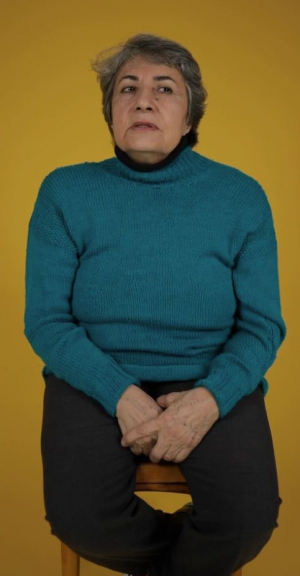
Sevim Çelebi-Gottschlich was born in Ankara, Turkey, in 1950. In 1970, she moved to West Berlin on a work visa. At the time, this was the only way for her to get to West Germany. In 1978, she graduated from high school and moved to Kreuzberg - a neighborhood close to the wall where many squatters, artists and migrant workers lived. She became politically active early on and was elected to the West Berlin parliament in 1987.